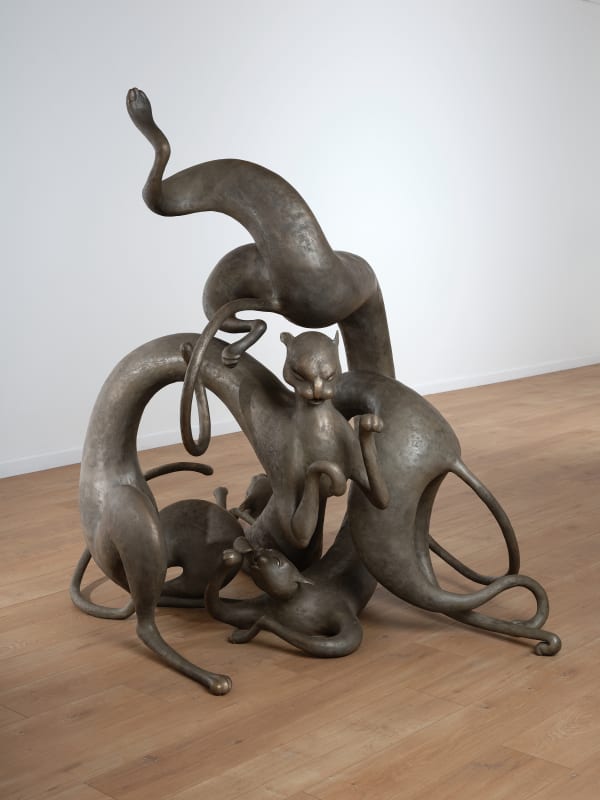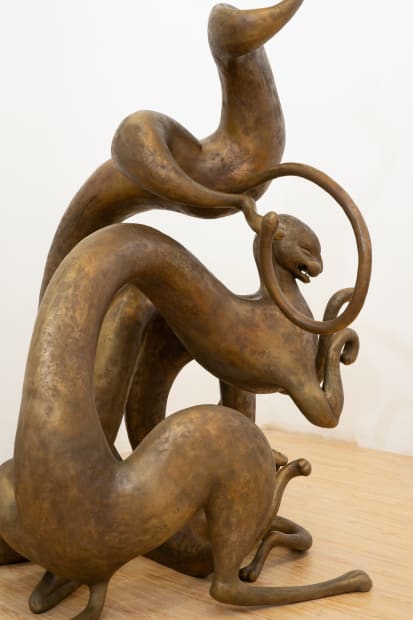FOG Design+Art 2022: Tauba Auerbach, Liam Everett, Koak, Shinpei Kusanagi, Trevor Paglen, Kikuo Saito, Sara VanDerBeek
Past exhibition
-
-
 Koak, My Ouroboros, 2021
Koak, My Ouroboros, 2021 -
-
-
-
-
-
-
-
-
 Kikuo Saito, Ginger Night, 1980
Kikuo Saito, Ginger Night, 1980 -
-
 Liam Everett, Untitled (the photograph), 2021
Liam Everett, Untitled (the photograph), 2021 -
-
 Trevor Paglen, Lower Yosemite Falls Deep Semantic Image Segments, 2021
Trevor Paglen, Lower Yosemite Falls Deep Semantic Image Segments, 2021 -
-
 Tauba Auerbach, Crease I (detail), 2009
Tauba Auerbach, Crease I (detail), 2009 -
-
 Shinpei Kusanagi, Twin Fantasy (detail), 2019
Shinpei Kusanagi, Twin Fantasy (detail), 2019 -
-
-
-
-
-
 Sara VanDerBeek, Greek, National Archeological Museum Naples (detail), 2021
Sara VanDerBeek, Greek, National Archeological Museum Naples (detail), 2021 -
-
-
For more information contact info@altmansiegel.com or 415.576.9300.































